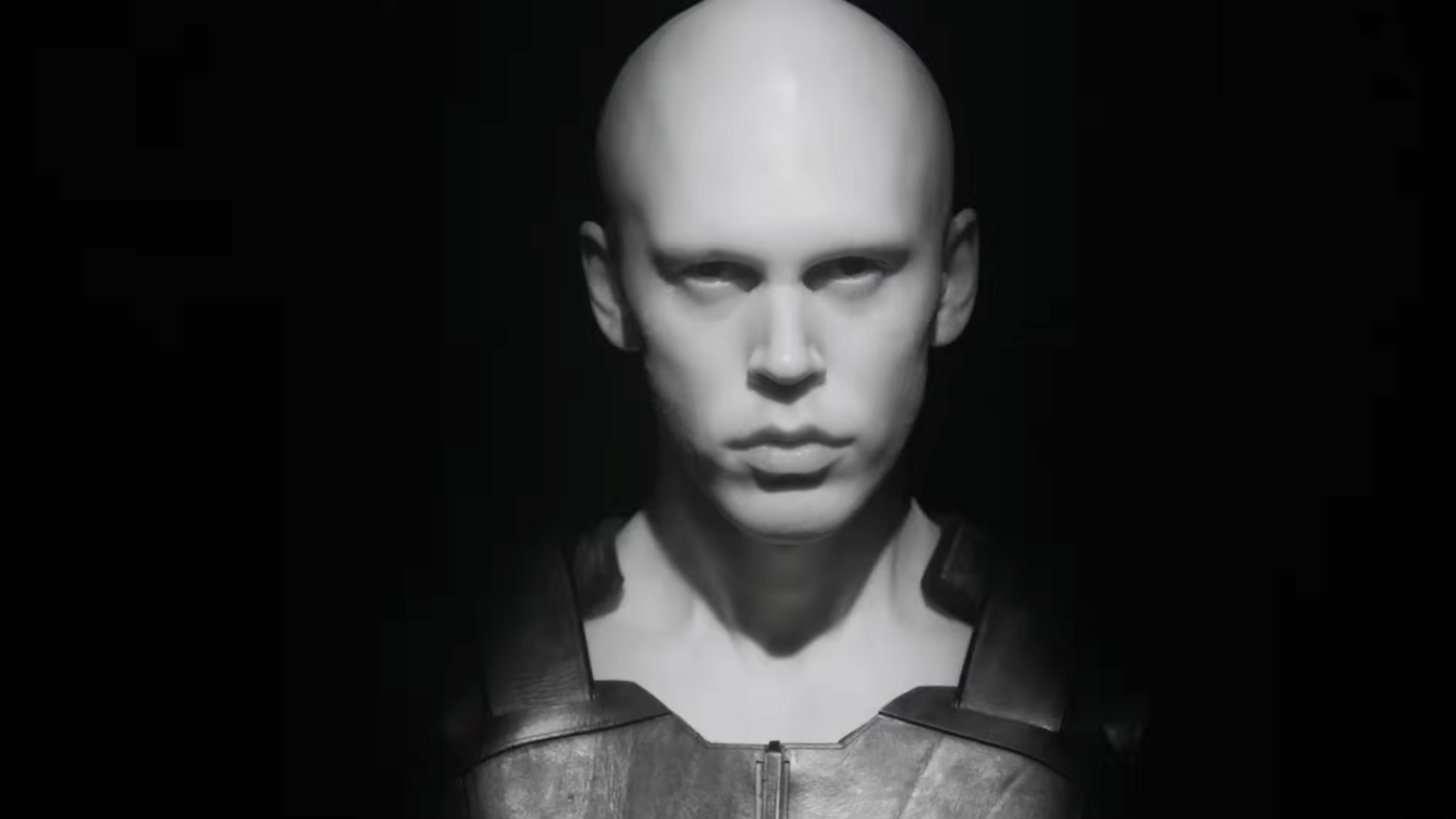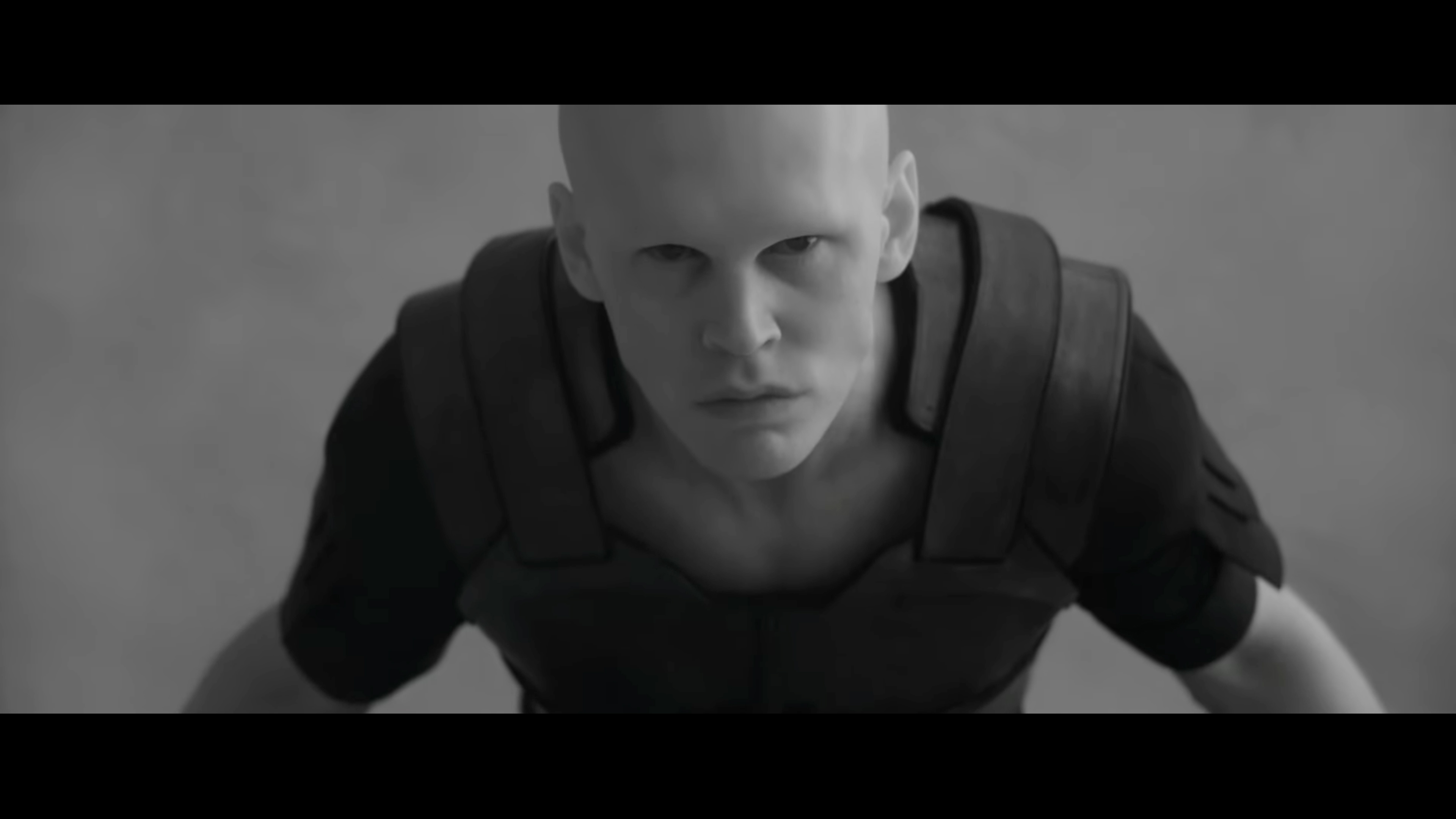
Dune: Part Two has been the biggest blockbuster of the year thus far, thrilling audiences with its exhilarating action and intense imagery. Imagery played a huge role in the movie, creating unique looks and visual effects for individual worlds with stunning results.
Cinematographer Greig Fraser is the individual responsible for the beautiful imagery in the movie, and he has provided some fantastic insights into the creation of one of the most recognizable scenes. Even those who have not seen the movie have more than likely seen glimpses of the Geidi Prime arena scene, which was shot in distinctive black-and-white, heightened further by infrared – something that you can modify your own camera to do, as you'll see in the video below.
The scene features Austin Butler's character, fighting in a gladiatorial-like desert arena on the planet of Geidi Prime. To differentiate this look from being too similar to the other sand planet of Arrakis, Fraser and director Denis Villeneuve decided to make it black-and-white.


Fraser took this further by using his confessed geek knowledge of how the light spectrum works, to suggest shooting in infrared. He adapted the Arri Alexa cameras by taking the infrared filter off, which is typically used to solve the issue of infrared bleed, and replaced it with a visible light cut filter, leaving only infrared.
They used this method while shooting outside in the daytime in the middle of summer which produced a highly contrasted effect, and a particularly ghoulish look to the skin of the characters. This scene elevated the introduction of the characters in a way that only the infrared capture could do.
In addition to the unique tone Fraser used in this scene, the scene also has one of the most seamless physical camera transitions I have seen, turning Austin Butler's character from infrared to color. If you haven't seen this and are interested in filmmaking techniques, I highly recommend checking it out.
A recent YouTube video (Above) from Mathieu Stern breaks down the infrared effect used by Fraser as he tries it out for himself on his infrared converted Sony A7 II camera.
His camera was adapted to be a full spectrum camera by Kolari Vision, a brand that specializes in camera modifications and lighting filters. Using different clip-in IR filters and the level of light that is allowed in, can drastically change the way the image looks.
Similar to Fraser's technique in Dune: Part Two, Stern had to cut most of the visible light by using a very high nanometer IR filter. The effects add a high contrast and in turn more drama. His examples of architectural photography taken in this style are extremely impressive, turning them into monuments against the pale sky, proving infrared shooting is not just for capturing space gladiators.
It is fascinating how new ways of capturing the world are being developed and used in creative ways. and this example may just force me to modify one of my cameras to capture infrared!
You may also be interested in our guides to the best infrared filters, the best cameras for filmmaking, and the best Netflix-approved cameras.







